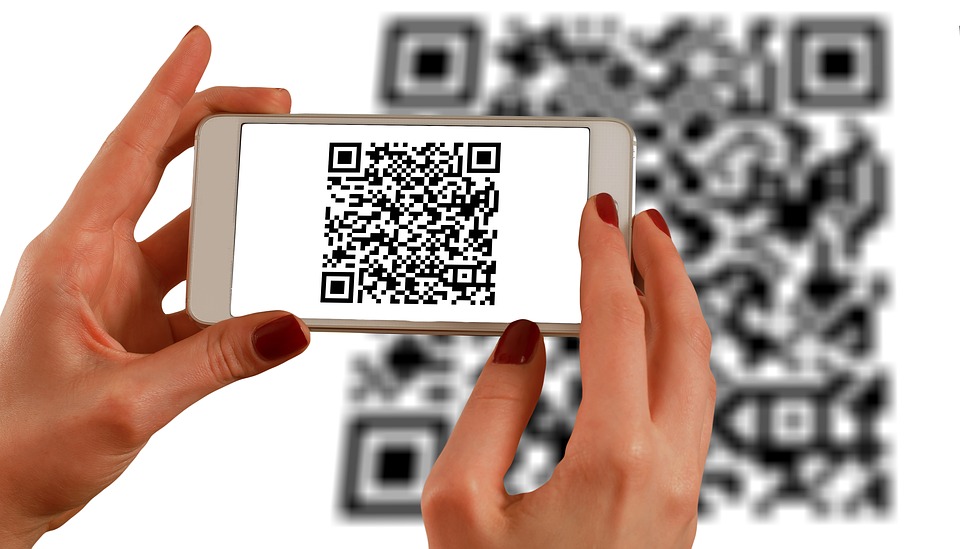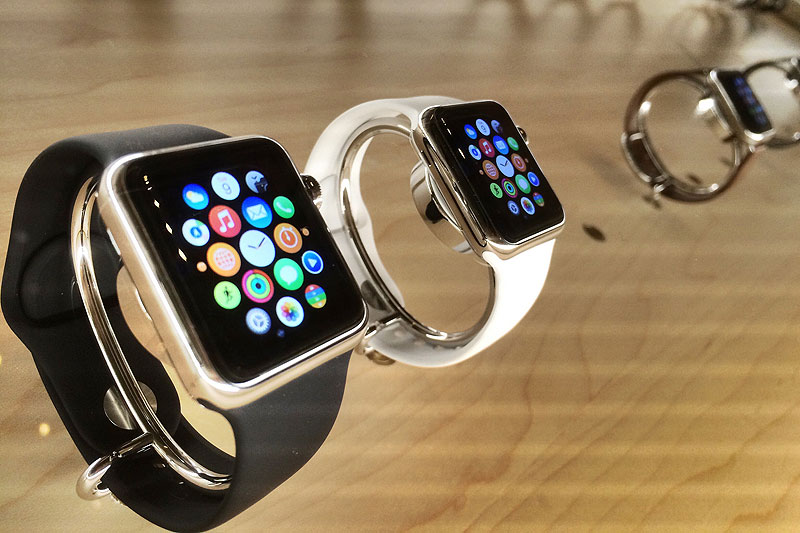Table of contents
Yesterday’s news has become yesterday’s news with cashless RFID wristbands slowly being replaced. By what you might ask? Replaced by more popular smart phone based payment technology. Cashless wristbands were once heralded as the future of payment technology for events and festivals. Now organisers are turning to cloud based payments for on-the-site cashless transactions.
Wristbands for events do deliver significant benefits but unfortunately require high investment costs. As a result, festival and event organisers are hunting out better ways to cut down on cash transactions and streamline waiting times.

RFID wristbands still have many popular applications
In 2018 Bestival announced they would go cashless are were looking at RFID festival wristbands. Bestival co-founder Rob da Bank was quoted as saying:
“Bestival has always been about escapism, creating an otherworldly wonderland, where you can leave all the stresses of real life behind”
So it’s clear that cashless events are the future. However, the cashless technology used for payments is clearly still up in the air.
Most notably, gaining some traction are cloud-based payment systems which are helping event organisers reduce exposure to cash. These types of payments also help deliver instant refunds for purchases and unused credits.
Even QR codes are better than RFID wristbands.
It’s commonly understood by festival and event organisers that even QR codes are more efficient at processing transaction than RFID wristbands. The transaction is close to instant, resulting in much quicker interactions between punters and management teams.
Consequently, the success of the overall event is greatly increased as there’s nothing worse for upsetting festival goers than a mile long queue.

Even mobile phone QR codes are better than RFID wristbands
In this consumer society where millions of transactions take place everyday, super-fast payment processing makes sense. Soon to be a cashless environment, it stands to reason that we would try every method of transactional convenience before we arrive at an eventual winner.
Whilst RFID technology has become popular for payment cards such as the Oyster card, it’s clear that leveraging existing technology will be the more successful path. Wristbands with RFID chips embedded in them will inevitably still be used for some time to come.
However, it’s clear that smart phone payment technology will soon supersede them along with all other payment methods.


